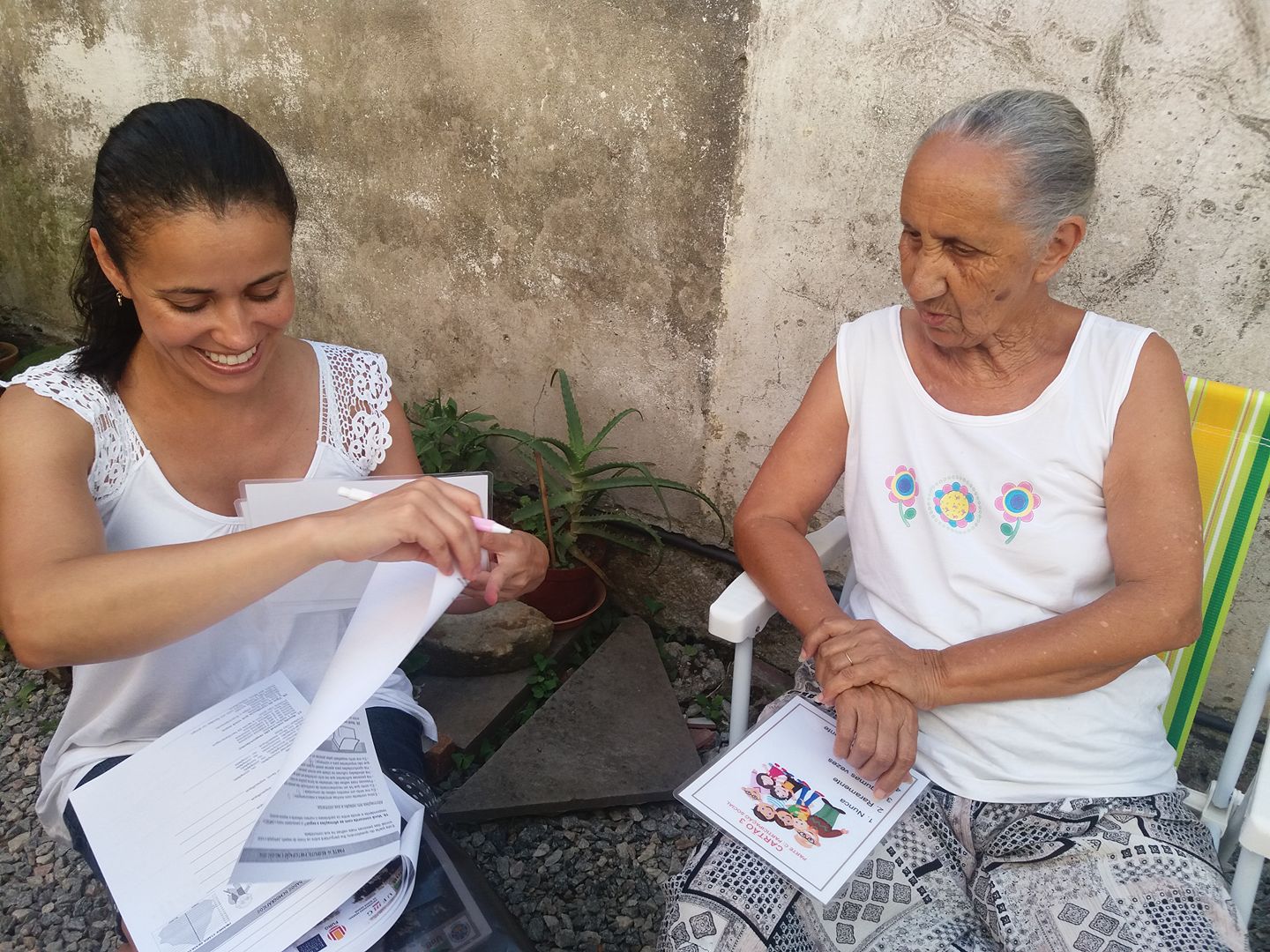Work Package 1 – Capturing Sense of Place

The first phase of WP1 is to undertake a policy and practice scoping exercise in the UK, Brazil and India to gather current case study evidence and research instruments that support age friendly cities and communities. This identifies local, regional and national policy drivers for age friendly cities/communities, existing planning and delivery frameworks in the UK, Brazil and India and practical instruments and guidelines for integrating sense of place into urban design and planning. This mapping provides an understanding of the current context regarding the implementation of age friendly initiatives and it also shapes the subsequent delivery of the tools and guidelines developed in WP3 to ensure that any recommendations will work within existing policy and regulatory frameworks.
The second phase of WP1 gains input from older adults. The objective here to gain an understanding of how older adults construct sense of place with a focus on identifying opportunities, facilitators and barriers to social and cultural participation, independence and being active and engaged in the community. This phase of the research captures: perceptions of home and community; everyday routines that support sense of place; transitions though built and open neighbourhood spaces; physical and social supports for active ageing; use of recreation and green spaces; and access to and use of community spaces and amenities.
For the second phase of WP1, the inputs of older adults are sought through:
(a) Sense of place surveys with older adults: a total number of 810 surveys (90 per case study city; 30 per neighbourhood) are conducted with older adults to establish and compare how older adults from different social classes and urban and cultural contexts evaluate satisfaction with their neighbourhood and environment. To gather the varied experiences of a range of older adults, the sampling framework reflects a diversity in age: 60-69 ‘young old’; 70-79 ‘old’; 80+ (‘old-old’).
The application of questionnaires and surveys is a well-used tool to examine the degree of user satisfaction and levels of behaviour within the urban environment (Gomez et al, 2003). The survey incorporates questions from existing tools and surveys (Francescato et al, 1989), to evaluate overall satisfaction with living in the neighbourhood, housing design and quality, likelihood of moving, satisfaction with neighbourhood services and amenities and public spaces. Questions are also developed based on Antonovsky’s Sense of Coherence framework (Antonovsky, 1984) to assess the supportive qualities of the neighbourhood across key domains: comprehensibility (i.e. wayfinding, accessibility), manageability (i.e. features in the built environment that enable older adult to complete activities of daily living) and meaningfulness (i.e. subjective measures of place attachment and QoL). Additional questions related to the study are included in the survey. In order to test and refine the survey a pilot study is undertaken among older adults in the UK, Brazil and India. The data obtained from the sense of place surveys are uploaded into SPSS and statistical analysis is conducted.
(b) Sense of place interviews with older adults: a total number of 270 semi-structured interviews (30 per case study city; 10 per neighbourhood) are conducted with older adults (aged 60+) to explore in-depth experiences of older adults. Semi-structured interviews allow the relationships between older adults and their environment to be investigated, identifying how sense of place is constructed, identifying everyday behaviours within the built environment, and the importance of specific place-based supports. The interviews explore how sense of place is constructed by older adults (familiarity, identity, meaning) and the role of social and cultural supports.
In addition, WP1 utilises participant-led visual methods to encourage experiential accounts of place to emerge (Carpiano, 2009). Therefore, a further 180 ‘go along’ interviews or participant-led walks (21 per case study city) are conducted with older adults (aged 60+). ‘Go along’ interviews involve walking through the community with an older adult to document everyday experiences of place, collecting sensory aspects of place alongside specific place meanings and memories. These incorporate photography to document and illustrate specific features in the built environment that support (or inhibit) sense of place. A further 90 in-depth video/photo diaries are developed (12 per case study city) to allow description-thick accounts of place to emerge. To facilitate the collection of visual data, training sessions in the use of photography and video are conducted with local residents in each case study site.
A purposive sampling framework are adopted for the interviews reflecting a diversity in age (60-69,70-79, 80+), length of tenure and household composition (living alone, living with a partner and living with a family member) as influences on sense of place. A recruitment strategy are developed by local stakeholder groups, and include recruitment events in the local community and advertisements and flyers posted at community venues.
All interviews are audio recorded and fully transcribed. All visual data are collated and integrated with the transcriptions. The WP adopts appropriate analytical techniques (framework matrix; shared coding schema across countries etc.) and utilises NVivo software to analyse the data consistently. Analysis are organised thematically, as well as by case study site. This allows both for comparison of case studies within country and for cross-national comparison. To increase the credibility of the results, group analysis are undertaken by all-academic team members within each case study site.
At the end of this WP, a national workshop is undertaken in the UK, Brazil and India, focussed on translating the knowledge (WP1) to the wider community and stakeholders (such as older adults, academics and students, local authorities, policy and practice personnel, architects, urban designers, psychologists, planners and developers and community organisations). In addition, a cross-national event is held in the UK, involving project team members from the UK, Brazil and India. The event is focused on cross-national comparative analysis of the research findings, reflecting on the research process, identifying shared dissemination routes and discussing next steps.